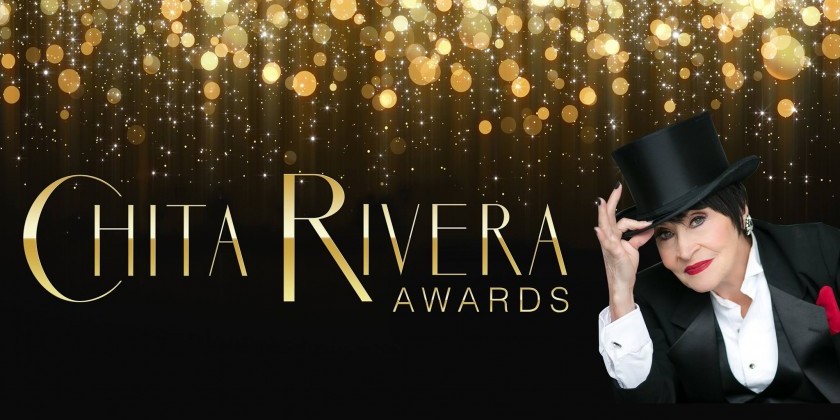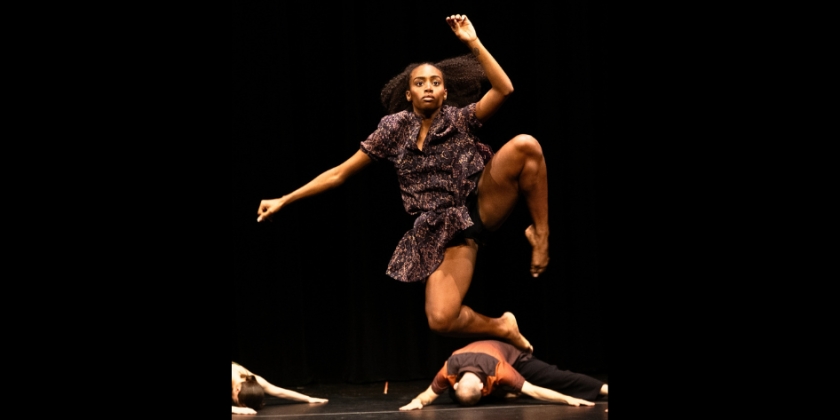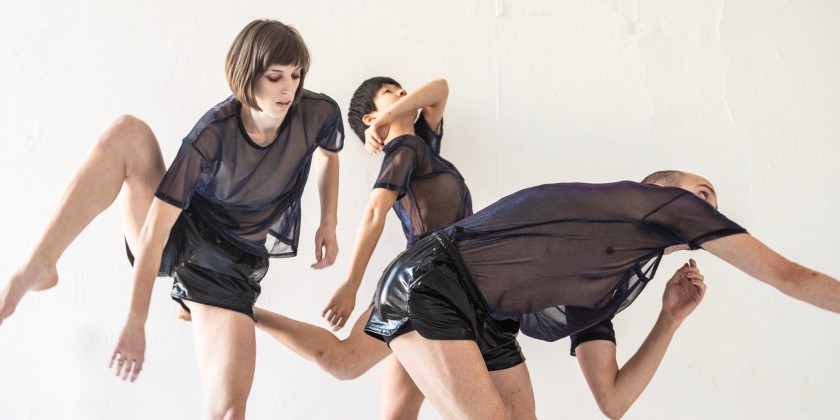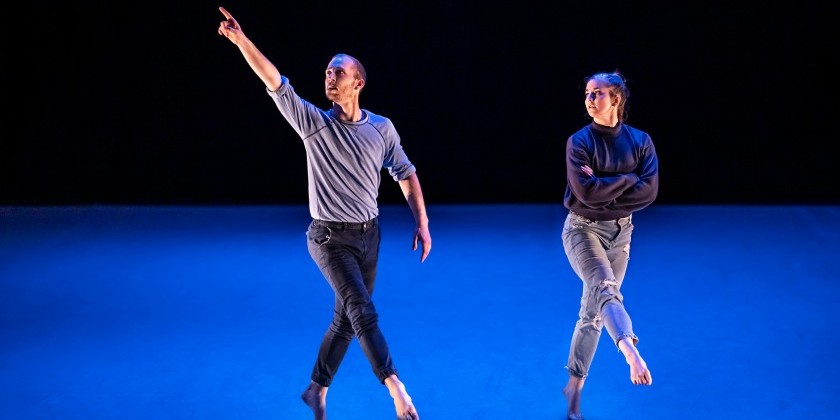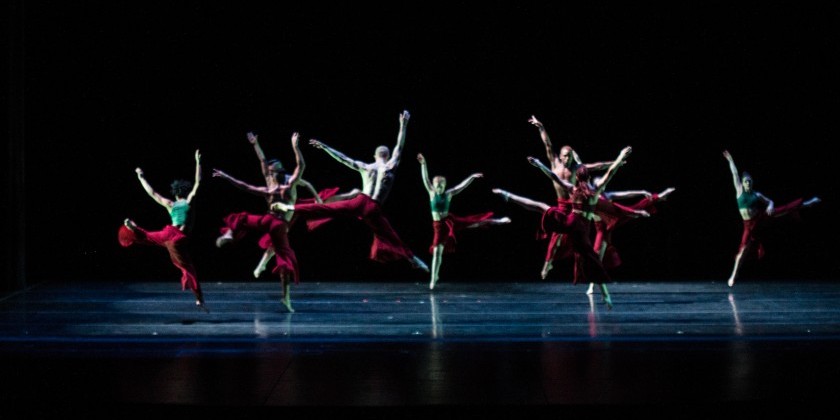IMPRESSIONS: Cirque Alfonse’s “BARBU Electro Trad Cabaret” at NYU Skirball Center

January 3, 2019
Artistic Directors: Antoine Carabinier Lépine, Julie Carabinier Lépine
Direction: Alan Francoeur
Performance: Antoine Carabinier Lépine, Jonathan Casaubon, Jean Phillipe Cuerrier, Annie-Kim Déry, Lucas Jolly, Geneviéve Morin, Nikolas Pulka
Band: Josianne Laporte, David Simard, François Sunny Duval
Video: Frédéric Barette
At any moment we can access enough video content, photos, gifs, memes, and tweets to fill our remaining days. With all this streaming footage at our fingertips, it's harder than ever before for performers to hold our attention. We've seen it all. Yet, here I am giggling at the simple act of juggling. I'm breathless as four burly men with bushy beards balance on each other’s shoulders, making tall, teetering pyramids. I gasp as a nimble aerial dancer smoothly winds herself around a hoop and hangs mid-air in full split. I flinch as the men “jump rope” with their female counterparts' bodies.
Welcome to Cirque Alfonse’s BARBU Electro Trad Cabaret. It’s 2019, and this cirque nouveau company’s mission is to prove that classic circus acts are, in fact, timeless.

On stage lay three neon-lit musician’s platforms with drums, electric guitar and laptop and keyboard. The DJ Ringmaster, dead center, is dressed traditionally right down to his handlebar moustache and red tailcoat. A driving sound score and jolly singing by the three musicians provide the energetic heartbeat of the show. As the backdrop to the play space, the band is often just as fun to watch as the circus performers. They taunt and urge the action on. Above, a video screen shows scenes of rushing water, reeds blowing in the wind, a serene field -- imagery that nods to Cirque Alfonse’s native Quebec.

The meat of the spectacle is classic circus; the spice, salacious cabaret; the mood, folksy. Through roller skating obstacles, juggling, acrobatics, aerials, balancing, seesaw and pole stunts, BARBU reveals the bubbling personalities beneath the strapping outer shells of its performers. Larger (and more taxing) stunts are peppered with cheeky skits. A hamster hand-puppet jumps slow motion through a hoop. “Loukas Le Mentaliste” reads an audience member’s mind (revealed as a projection of men frolicking naked through the countryside). A performer attempts to balance five stacked golf clubs all while his friends thwart him with distractions. In one moment, two muscle men, clad only in their briefs, carry a big gold bouncy ball overhead as they tentatively slide through one row of the audience, their mostly naked bodies mere inches from spectator’s faces.

Being invited to openly giggle and cheer is such a relief especially in a city defined by hustle and grit. I can feel the kid in me grinning as Antoine Carabinier Lépine, the group’s founder, emerges dressed as a sparkly silver disco ball. As he rides a hoop careening in circles, I note how the feeling of freedom in this trick expertly masks the level of the skill it requires. In other moments, effort is more visible. Performers aren’t always flawless. Sometimes they lose balance and fall out of formation, or drop a ball. But Cirque Alfonse’s warm and earnest energy makes me a cheerleader over a critic.

Operating every task as a team, from adjusting crash mats to holding the pulleys, trust is their superpower. And we the audience are partners in their risk taking. Perhaps this communal relationship — the shared thrill at mastered skills and the joy of simple games— is the reason many circus acts haven’t fundamentally changed in over century. Cirque Alfonse puts it best “ [We] grew out of a need to look back fondly at the past, a desire to have more time for family, friends, and shared moments to hold.”
These values never grow old.







